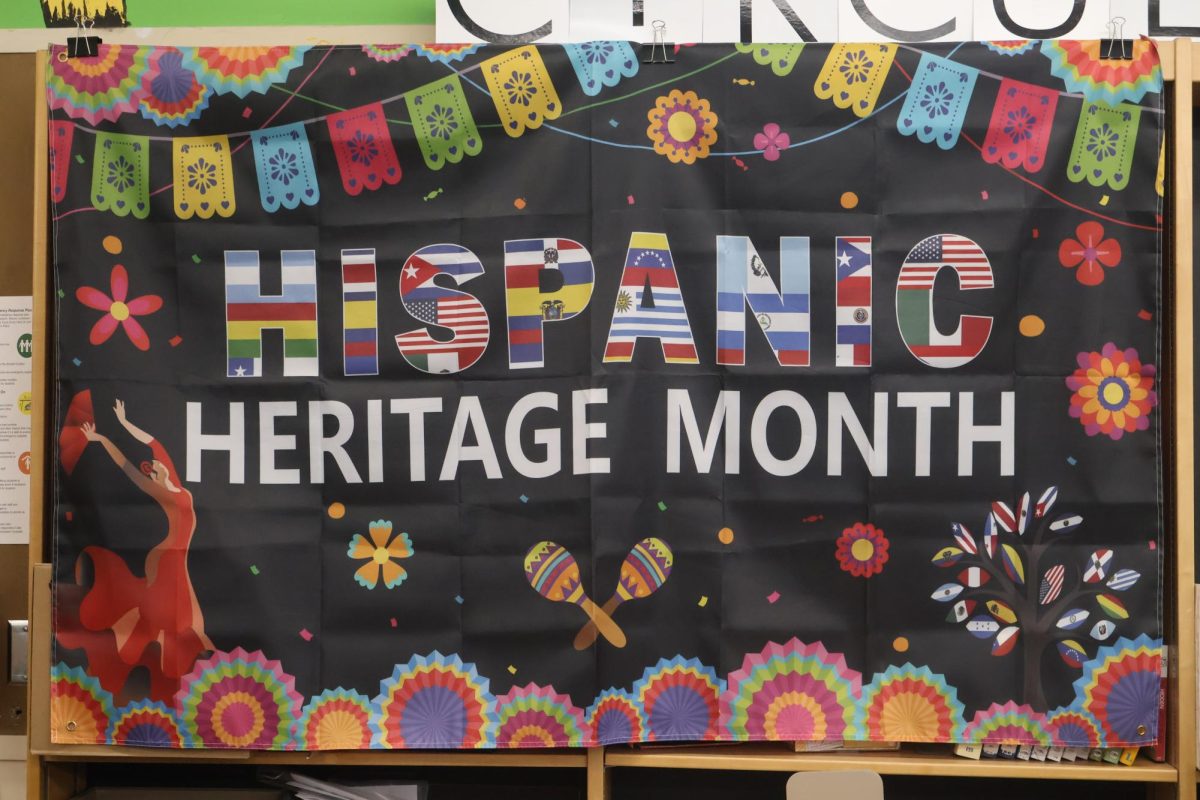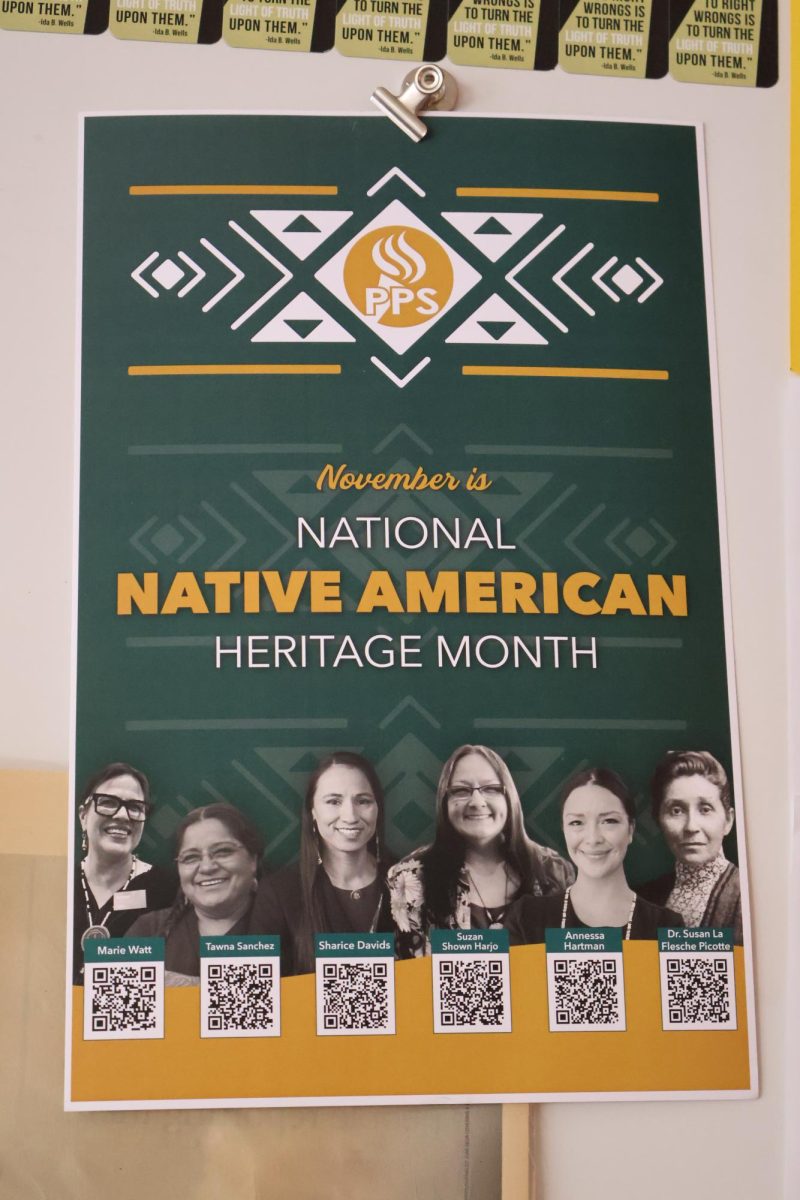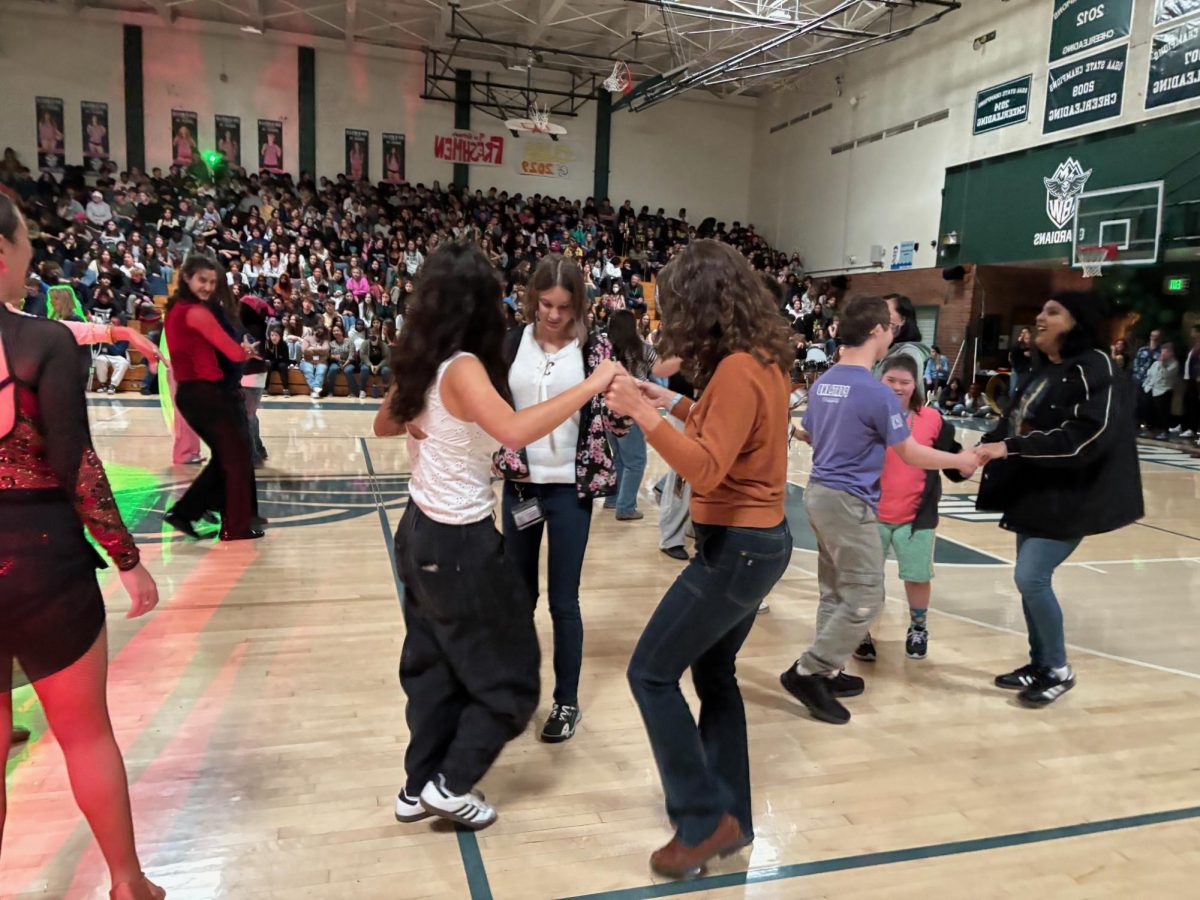What started as a week-long acknowledgment in 1968 has become a yearly commemoration of culture and history. Hispanic Heritage Month, observed Sept. 15 to Oct. 15, is home to many Latin American countries’ independence days, including Costa Rica, El Salvador, Guatemala, Honduras, Nicaragua, Mexico, Chile and Belize. These countries all have varying festivities and traditions compared to the United States, which is one reason why they are so interesting to learn about.
Hispanic is a broad term encompassing many races, religions and cultures. Hispanic refers to anyone relating to a Spanish-speaking country. “The culture is really beautiful and the food is so good,” says Erika Simon, a senior at Ida B. Wells-Barnett High School (IBW).
Throughout the years, there have been many successful Hispanic leaders like Sonia Sotomayor, a Puerto Rican justice on the U.S. Supreme Court. Additionally, Dr. Franklin Chang-Díaz and Ellen Ochoa were the first Hispanic man and woman in space, with families from Costa Rica and Mexico. Famous actor, rapper and singer-songwriter Pitbull is Cuban.
These people all have inspiring upbringings that shaped who they are today and shifted public perspective to be a little more open-minded.
According to the U.S. Bureau of Labor Statistics, Hispanic individuals have been a vital part of the growing U.S. economy by comprising 19 percent of the labor force. In total, 31.8 million Hispanics work in the U.S, which has grown by 69 percent since 2003, over 10 times the growth of non-Hispanics working in the U.S.
During the labor shortage of World War II, the U.S. needed to fill agricultural jobs because fewer people were working in the fields. With the high demand for goods and higher demand for labor, the U.S. established a guest worker program called the Bracero program with Mexico. This allowed the U.S. to employ Mexican migrant workers under the promise of fair treatment. These farmers were seasonally traveling and endured demanding physical farm work. They were paid minimum wage, though 10 percent of their wages went “missing” between the farmers, the U.S. government and the U.S. banks. After the program ended, many migrants stayed in the U.S.
“I feel like Hispanics are very hard-working individuals, and I feel like we don’t get enough recognition for that,” says Angie Jaurez, a sophomore at IBW. Hispanic Heritage Month is important to appreciate those who contribute so much to the U.S. yet have gone underappreciated at the hands of colonialism. Juarez says that immigrant workers are underrepresented in the media, so Hispanic Heritage Month is a way for them to receive some of the acknowledgment they deserve.
At IBW, there are decorations around the school for many holidays and celebrations. Hispanic Heritage Month is celebrated at the school with posters and some strands of papel picado, a traditional Mexican folk-art style of banners, with bright colors and intricate patterns. Despite this, students at IBW say they do not learn much about the history of Hispanic Heritage Month. Most are unable to answer questions such as: Why are there so many immigrant workers in the fields? What does it mean to be Hispanic? How many people in the U.S. are Hispanic?
A 2022 study done by the Pew Research Center states, “Hispanics account for 19 percent of all Americans and make it the nation’s second-largest racial or ethnic group.” Mexican culture is spread throughout the U.S. and sometimes people forget that there’s more to Hispanic heritage than Mexican culture.
Don’t forget to try new food, things and experiences from a wide variety of Hispanic cultures.
“I try to find people that want to express their culture, but I’m pretty sure that some people don’t want to, or they’re nervous to,” says Simon.
If you want to learn more about Hispanic heritage and culture, visit the MEChA club (Movimiento Estudiantil Chicanx de Aztlán, also known as the Hispanic and Indigenous Alliance Club) at IBW on Wednesdays in Room 227 during lunch.









